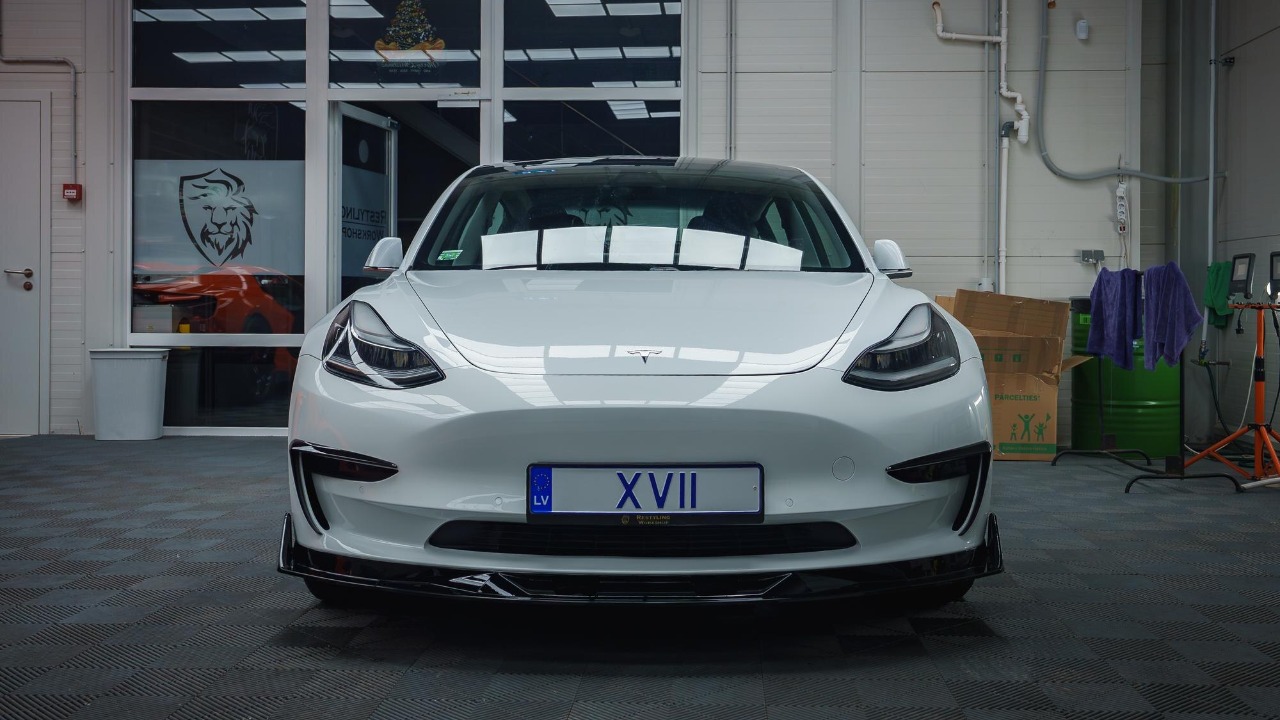
New safety regulations proposed by the National Highway Traffic Safety Administration (NHTSA) on December 14, 2023, could compel Tesla to rethink its iconic door handle design. The rules require vehicle door latches and handles to remain operable without electrical power in emergencies, a challenge for Tesla’s flush-mounted handles on models like the Model 3 and Model Y, which rely on electronic motors to deploy. This potential redesign underscores the complexity of balancing safety with the sleek aesthetics Tesla is known for.
The NHTSA’s Proposed Safety Rule
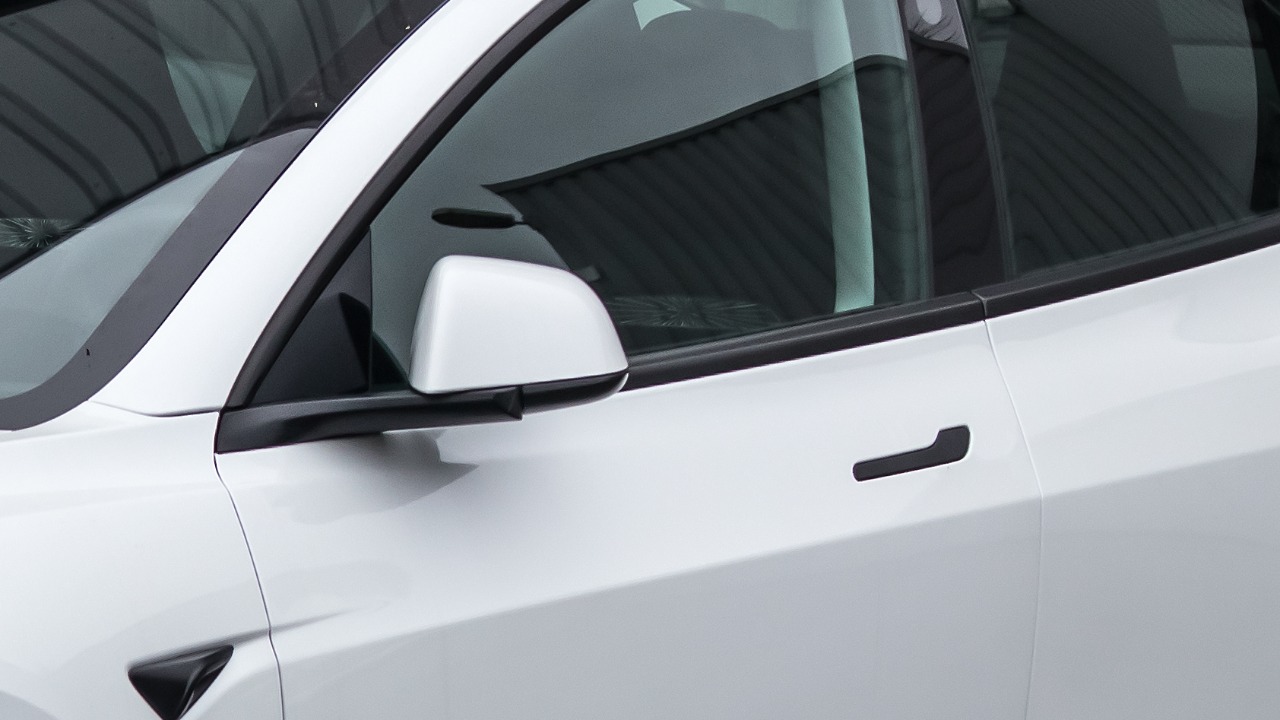
The NHTSA’s proposed rule is an update to the Federal Motor Vehicle Safety Standard (FMVSS) No. 206, mandating that both interior and exterior door components must allow emergency egress even if the vehicle’s electrical system fails. This initiative addresses the risks posed in crashes where power loss could trap occupants inside vehicles. The rule is expected to apply to all new passenger vehicles manufactured after the compliance date, with a phased implementation starting in 2026 for major manufacturers like Tesla. The proposal arises from incidents where traditional power door systems have failed, prompting the NHTSA to emphasize the need for mechanical fallback options without electronic assistance (Wired).
These regulations are not just a response to theoretical risks but are grounded in real-world incidents where occupants have been trapped due to power failures. The NHTSA’s focus on mechanical solutions aims to ensure that all vehicle occupants can exit safely in emergencies, regardless of the vehicle’s power status. This move could significantly impact manufacturers like Tesla, which have heavily invested in electronic systems for both functionality and design aesthetics (Yahoo News).
Tesla’s Flush Door Handle Design
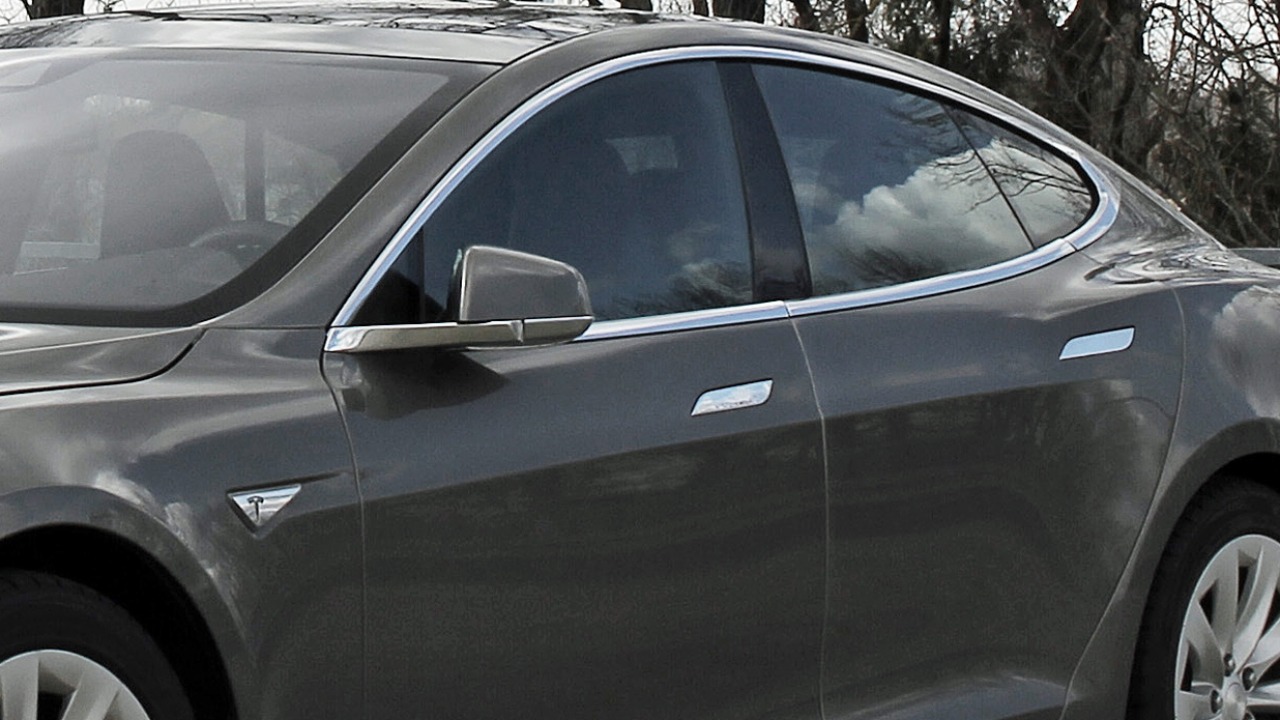
Tesla’s door handles, featured on models such as the Model S, Model 3, Model X, and Model Y, are designed to sit flush with the vehicle’s body to reduce aerodynamic drag. These handles deploy outward via small electric motors only when the vehicle is unlocked or approached. From the inside, the handles require the door to be unlocked electronically before they can be pulled to open, lacking a purely mechanical override in power-loss scenarios. This design, introduced with the 2012 Model S, prioritizes aesthetics and efficiency but has faced criticism for usability issues, including failures during low-battery conditions or malfunctions (Wired).
The flush design is integral to Tesla’s brand identity, emphasizing sleekness and modernity. However, the reliance on electronic systems for basic functions like door operation has been a point of contention. Critics argue that while the design enhances the vehicle’s aerodynamic profile, it compromises safety in scenarios where electronic systems fail. This criticism has been amplified by reports of incidents where Tesla owners have struggled to access their vehicles during power outages or system malfunctions (Yahoo News).
Engineering Challenges in Redesign
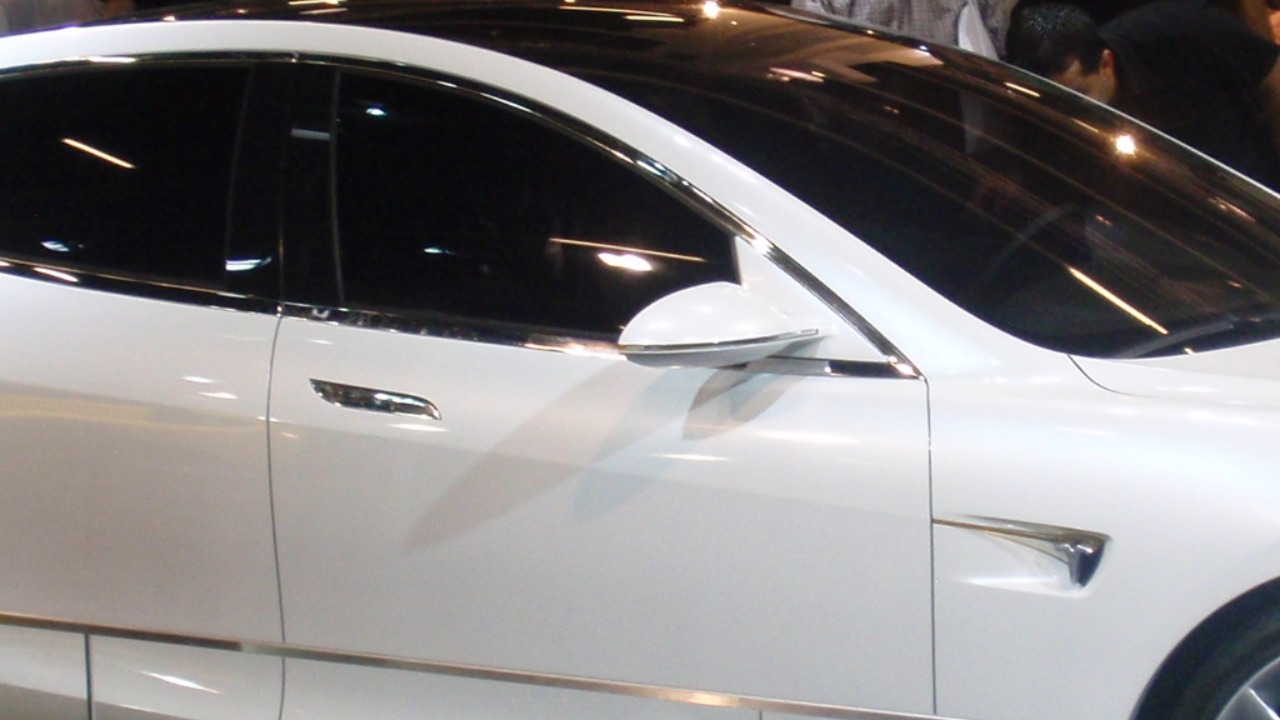
Retrofitting or redesigning Tesla’s door handles to include mechanical operation presents significant engineering challenges. Such changes would require substantial modifications to the door’s internal structure, potentially compromising the flush aesthetic and aerodynamics that contribute to Tesla’s range efficiency. Experts note that adding a manual pop-out mechanism could increase complexity, weight, and manufacturing costs. Tesla’s current system uses precise tolerances that are difficult to adapt without affecting seals or weatherproofing (Wired).
Historically, Tesla has attempted to address similar complaints through software updates aimed at improving handle deployment. However, these updates have not resolved the core issue of power dependency highlighted by the NHTSA rule. The challenge lies in maintaining the design’s sleekness while integrating a reliable mechanical backup system. This redesign could necessitate a complete overhaul of the door mechanism, affecting production timelines and potentially increasing costs for consumers (Yahoo News).
Broader Implications for Tesla and the Industry
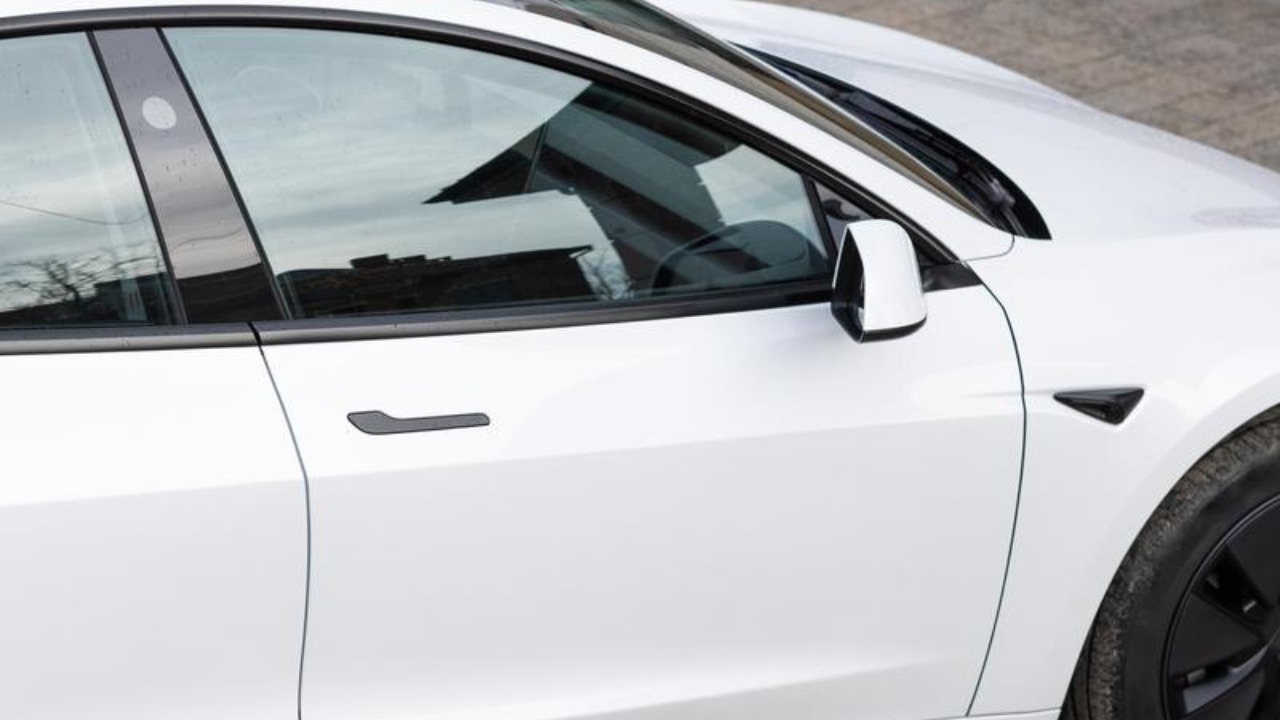
The proposed rule could delay production timelines for upcoming Tesla models, such as the refreshed Model Y or Cybertruck variants. Tesla would need to submit engineering data to the NHTSA during the rule’s comment period, which ends in March 2024. This requirement could slow down the rollout of new models as Tesla works to comply with the new standards. The rule affects not just Tesla but other automakers with powered handles, though Tesla’s extreme reliance on electronics makes it uniquely vulnerable. This situation could influence electric vehicle design trends toward hybrid mechanical systems, balancing electronic innovation with mechanical reliability (Yahoo News).
Tesla has not publicly commented on the proposal as of the reporting date, but its history of regulatory battles, such as those over Autopilot, suggests it may lobby for exemptions or phased implementation. The stakes are high for Tesla, as compliance with the new rule could require significant investment in research and development to redesign its door systems. This scenario underscores the broader industry challenge of integrating cutting-edge technology with fundamental safety requirements, a balance that will be crucial as automotive technology continues to evolve (Wired).